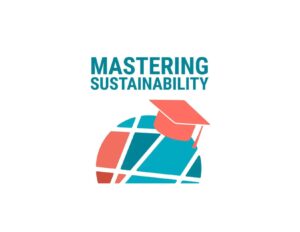This file is licensed under the Creative Commons Attribution 2.0 Generic license.
The age-old adage that “it takes a village” is resurfacing in contemporary urban discourse, and nowhere is this more evident than in the ‘Republic of Super Neighbors’ in Paris. Originating in the 14th arrondissement, this hyperlocal community initiative serves as a case study for what positive peace — sustainable social harmony and wellbeing — can look like when acted upon at the grassroots level.
Key Takeaways from the ‘Republic of Super Neighbors’
- Grassroots Beginnings: Founded by Patrick Bernard, a former journalist, the initiative began as a means to amplify local interactions from a mere five times a day to fifty.
- Diversity and Inclusion: The initiative transcends social and ethnic boundaries. With participation from a wide range of communities including Black, Muslim, and East Asian residents, the Republic of Super Neighbors aims to be as inclusive as possible.
- Community Support: More than 1,200 ‘Super Neighbors’ coordinate through 40 WhatsApp groups. They help each other find cat sitters, fix appliances, and share wisdom across generations.
- Resilience: By fostering local connections, the community creates a support system for addressing urban crises like food insecurity, extreme heat, and social unrest.
- Community Building with Purpose: Activities range from talking cheese events — where residents share expertise — to pooling resources to pay a Malian refugee’s rent.
- Economic Impact: The community has succeeded in channeling funds from the city’s Participatory Budget into local development projects, including composting schemes and public square revitalization.
Positive Peace in Context
Positive peace is not merely the absence of violence or conflict but entails the creation of an environment where individuals can flourish. It incorporates social cohesion, mutual respect, and a collaborative spirit — all ideals the Republic of Super Neighbors embodies.
Micro-Neighborhoods as Crucibles for Positive Peace
Patrick Bernard refers to these community clusters as “three-minute villages,” focusing on the potential of microneighborhoods to serve as platforms for resilience and wellbeing. With 1,200 active participants, their model offers a viable strategy for building urban environments that actively encourage positive peace.
Neighborly Interactions for Crisis Resilience
Community resilience to crises, whether social unrest or climate impacts, is bolstered when neighbors actively engage with and support one another. This grassroots approach dovetails with what many urban theorists have long argued: that our immediate communities are the most effective platforms for creating long-term resilience.
Inclusivity: Leaving No One Behind
As a woman of color, the aspect of inclusivity stands out to me as a cornerstone of positive peace. The Republic of Super Neighbors is not exclusive; it brings in minority communities and even extends help to refugees. In doing so, it promotes social harmony by allowing everyone to be actors in their community.
Linking Local Action to Broader Urban Strategy
The initiative goes hand-in-hand with broader urban planning themes like the 15-minute city concept. While one provides the physical infrastructure, the other focuses on community building, both critical for the holistic development of urban spaces conducive to positive peace.
Conclusion
The Republic of Super Neighbors is a living testament to how hyperlocal community action can result in tangible impacts for positive peace. By concentrating on inclusivity, resilience, and grassroots empowerment, it provides a blueprint that can be adapted globally to create cities of villages, promoting social, economic, and ecological harmony.
As leaders, academics, and individuals interested in leveraging technology and innovation for social impact, it’s high time we pay attention to and contribute to such grassroots movements. After all, peace — especially positive peace — is a collective endeavor.
With initiatives like these, one can’t help but be hopeful about the future of our urban spaces and, by extension, our global community.





